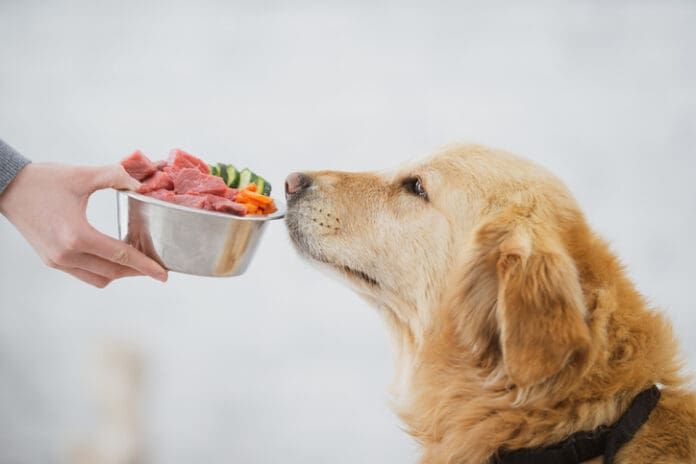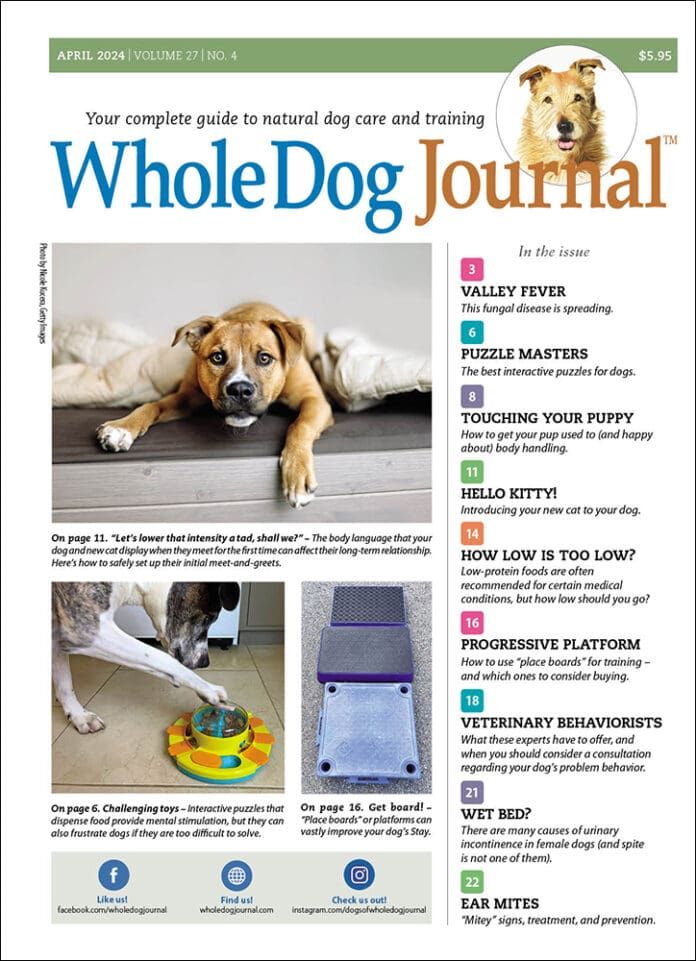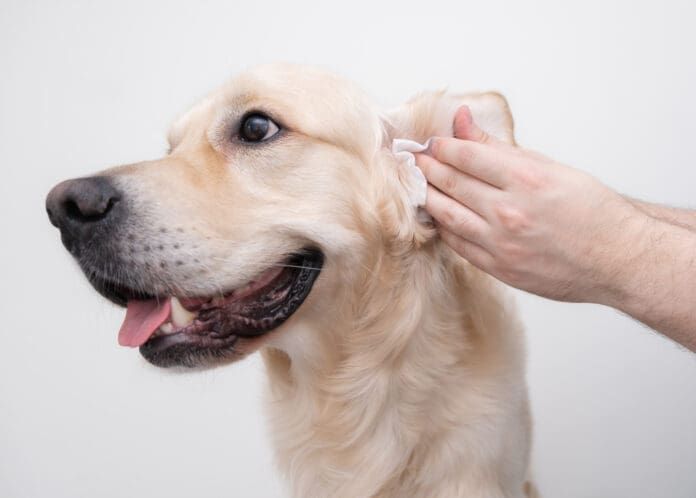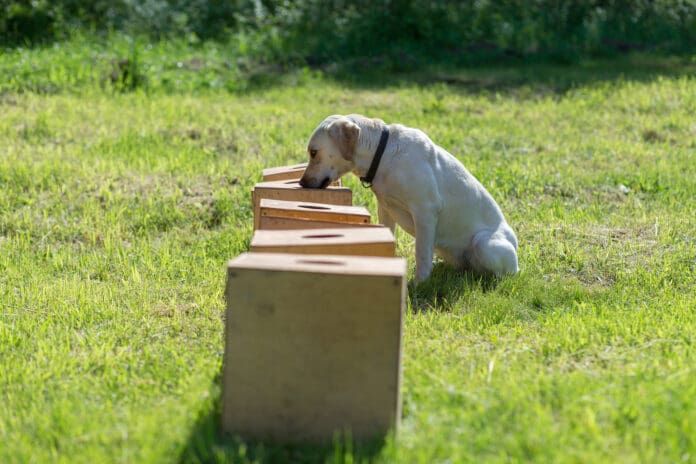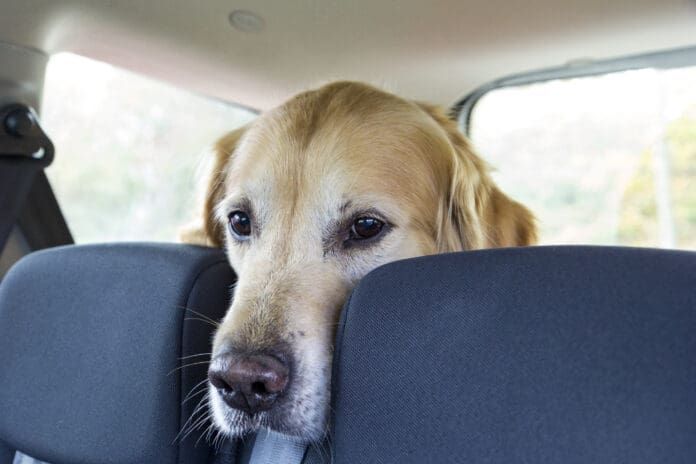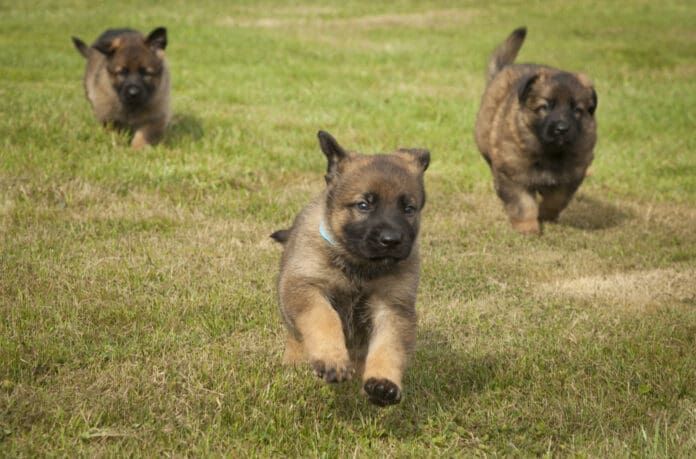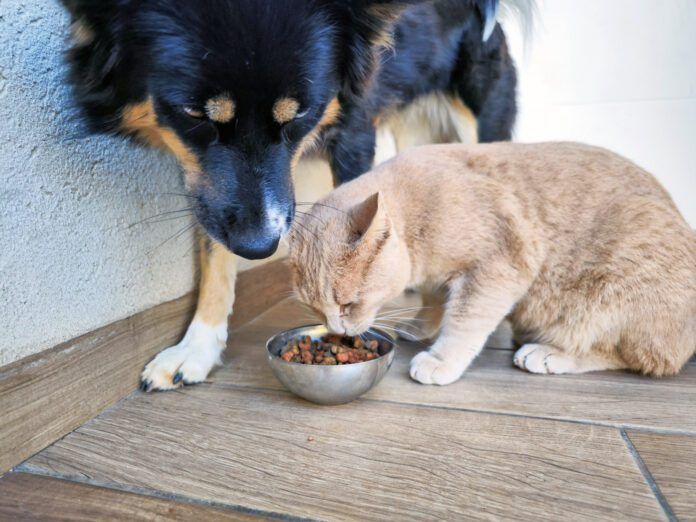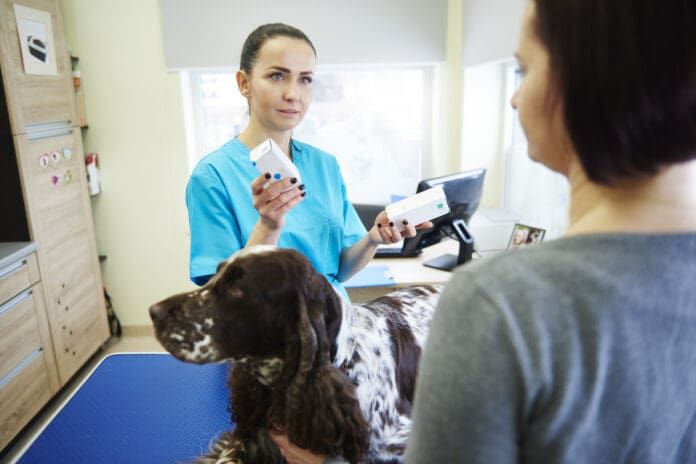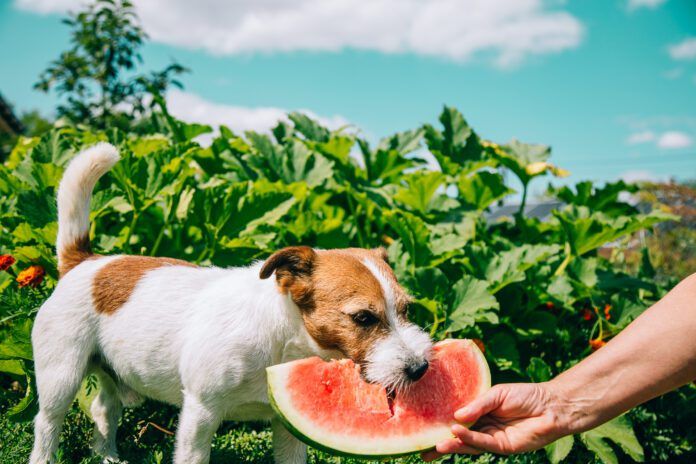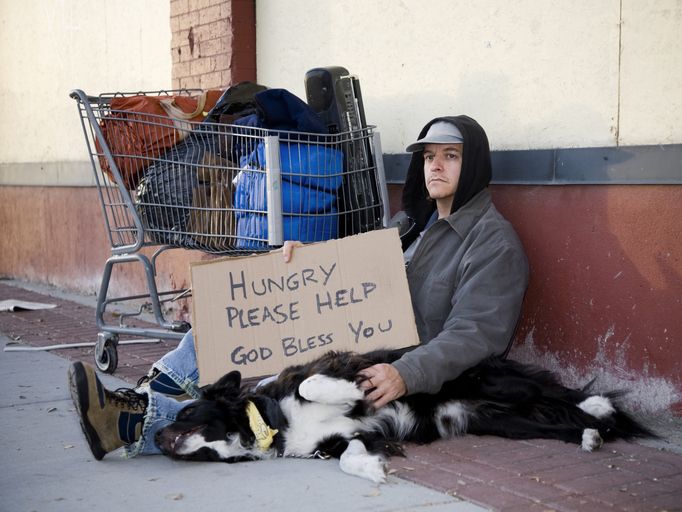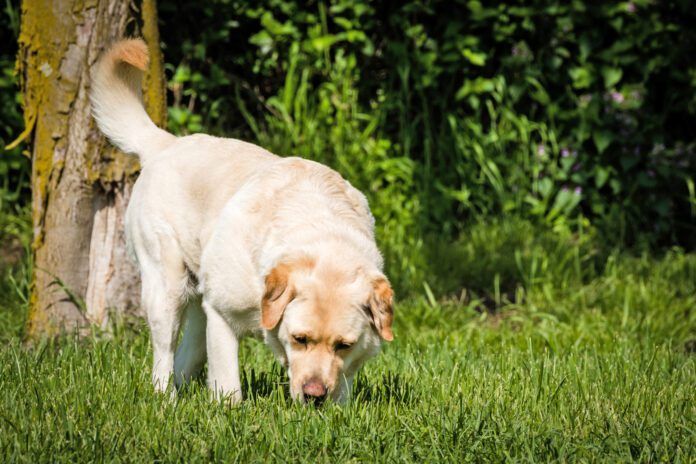Excerpted from Dog Food Logic, by Linda P. Case, M.S.
While today many pet professionals are aware that the company that owns and sells the brand they feed may not actually be manufacturing the food, many dog owners do not. A substantial number of companies “co-pack” their foods, which means that the pet food company gives their formulation (recipe) to a manufacturing company that produces, bags, labels and ships their food. The manufacturer mixes ingredients according to the specified formulations and produces a wide variety of pet foods that are sold under different brand names. So while you may think that P&G or Nestle Purina make the food you feed your dog, in some cases the company that actually puts together the final product is a business you have never heard of such as Ohio Pet Food, CJ Foods and Simmons – none of which would qualify as household names.
This process becomes even more convoluted when one considers that, like many consumer goods today, the supply chain of ingredients may be outsourced to several different middleman companies (consider the sequence from the 2007 disaster – Chinese supplier to ChemNautra to Menu to Pet Food Brands). In addition, pet food companies also may contract food production to several different factories, some of which are located in the US, while others are not. One of the reasons that the Menu Foods recall was so extensive was that Menu Foods specialized in producing wet (canned) products. While many of the large pet food companies own and operate their own dry food factories, there are only a handful of factories that operate as canneries and produce wet pet food. As a result, many companies, including the large corporations, contract the manufacture of their wet foods to another company, typically referred to as a co-packer. Another example is chicken treats, many of which, until the 2012 recall anyway, were completely sourced and produced in China.
Need help choosing a food for your dog? Want assistance wading through the ads, labels, hype and information bombarding you every day? Learn what matters most by reading Dog Food Logic. Buy it today from Whole Dog Journal.


